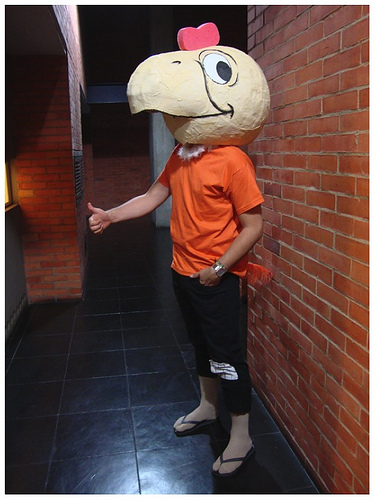Why comics?
In one of the first few articles posted here on easy Spanish immersion techniques, we had discussed the possibilities of using comics for learning Spanish. We assimilate better when our emotions are stoked and amusement is the most positive of emotions which can be easily exploited by language learners. One of the least complicated sources of wholesome amusement is comics. Other than being lightweight and stress-free, pictures and line-arts also provide the ever-important context for unfamiliar vocabulary. Original Spanish comics with Hispanic characters offer valuable insight into the culture and lifestyle of the Spanish-speaking world. It is widely known and accepted that comic books put least strain on the learner’s mind which can thus be put to better use acquiring Spanish.
Comic books are particularly intriguing as it’s very easy for us to identify with the characters and plots in the most subtle manner. While attempting to understand what’s being said, we can intuitively pick up cues from the cartoon frames. This is the context that pushes us into guessing the meaning of unfamiliar phrases and, if proven correct, the guess stays embedded in our memory for longer than otherwise. It’s like a challenging puzzle we are keen to solve and any success motivates us further helping the cause.
Where do I get them?
 |
| The world's most favorite cat also speaks Spanish Photo credit: hdaniel licensed CC BY-SA 2.0 |
Don’t live in a Spanish-speaking country? Live someplace like India? Fret not for that’s where the rich, vast ocean called Internet chips in. One universally recognized online reservoir for comics, both English and Spanish, is GoComics®, and another relatively unknown yet incredibly rich source is Webcomics®. Using this site, you have two options: Comics originally in Spanish, and comics originally in English but translated in Spanish. Both sources have their own merits.
Translated or original?
 |
| Your favorite superhero speaking Spanish Photo credit: xmoltarx licensed CC BY-SA 2.0 |
However, reading comics with originally Hispanic characters has a different kind of advantage. While the context is unfamiliar, it does give you priceless hints of what the Hispanic culture is. While understanding the culture is not integral to language acquisition, it does have a subtle positive impact. Here’s a list of some of the comics that you can read as much for amusement as for acquiring Spanish. All of them are available digitally on GoComics® for free.
Top 4 comic characters in the Hispanic world
 |
| Condorito: The iconic Argentinean comic character Photo credit: Juliana Restrepo licensed CC BY-SA 2.0 |
Baldo – Baldomero Bermudez, a teenage Latino, whose main interests are cars and girls, is the flagship character of this American comic strip, billed as the first of its kind to feature Latino characters and themes. Despite its light-humor format, Baldo has often played with some of the key socio-political issues relevant to the Hispanic community, such as, lottery scams, the 2006 US immigration reform protests, etc.
Gaturro – This is a well-known Argentine comic strip featuring a cat of the same name as the protagonist who lives with his owners who have raised him since childhood. He is a bit of a troublemaker and that is why his owners often send him to school, more to keep him away than for the sake of education. Gaturro is often shown to enjoy roaming his neighborhood’s rooftops where he interacts with other characters from his neighborhood.
Liō – An American pantomime strip with little or no dialogue, this one revolves around a creative and mischievous kid called Liō who lives with his father and pets. While his mother is deceased with no explanation as to how she died, his father though unnamed is often portrayed as a key character serving as the butt of Liō’s pranks. The father also has to get Liō out of difficult situations at times but quite often it is shown that the father-son truly love each other.
















0 comments:
Post a Comment